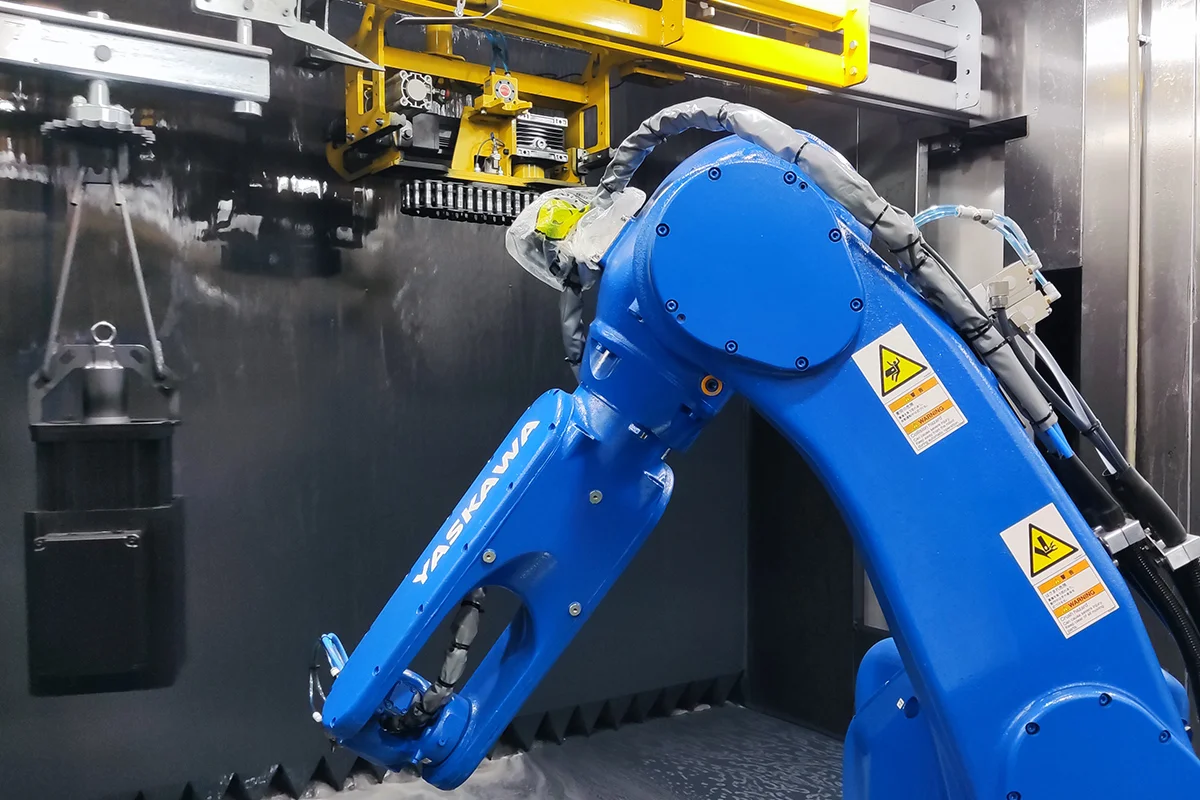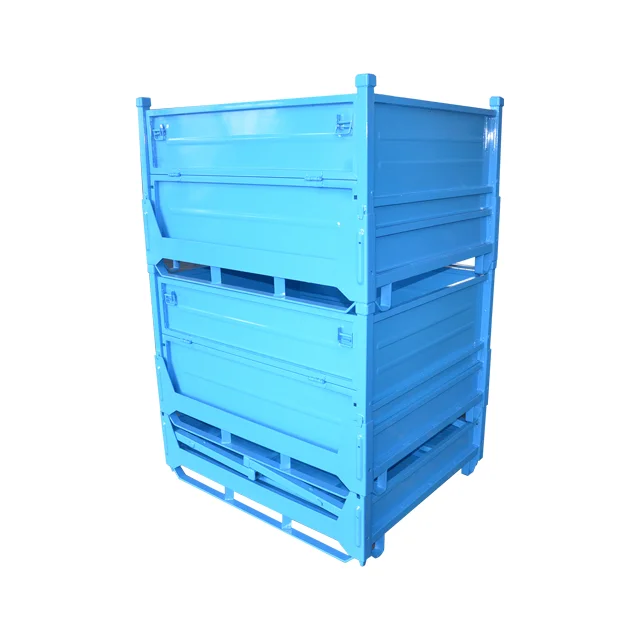In today’s manufacturing landscape, surface coating technology plays a decisive role in determining both product quality and production efficiency. Among these technologies, the automatic spray painting line has emerged as an essential system for high-precision, large-scale coating operations. It integrates robotics, intelligent control, and eco-friendly treatment methods to ensure consistent coating performance while meeting environmental and production standards.
The automatic spray painting line performs an integrated process that includes surface cleaning, automated coating, and rapid curing, forming a uniform, durable film that enhances both protection and aesthetics. Beyond automation, it represents a strategic shift toward digital manufacturing and sustainable production. In this blog post, as a high quality industrial spray painting equipment factory, Lexuan Intelligent Equipment will share the working principles of automatic spray painting line in manufacturing, etc.
Working Principles of Automated Spray Coating Systems
The automated spray painting line applies coatings onto product surfaces through programmed robotic spraying. A closed-loop control system monitors the flow, atomization, and trajectory of paint particles to ensure precise application. The coating forms a protective layer that improves corrosion resistance, abrasion durability, and visual appeal, essential for industries such as automotive, electronics, home appliances, and machinery.
Unlike manual operations, this system achieves micron-level consistency through digital calibration and sensor feedback, enabling reproducible coating quality even in high-throughput production lines.
Conveying and Handling in Spray Painting Line Automation
A critical aspect of an automatic spray painting line in manufacturing is its conveying mechanism, which determines workflow efficiency. The system may employ belt conveyors, overhead chain conveyors, or automated guided vehicles (AGVs) to transport components between cleaning, spraying, and curing stations.
The configuration supports both continuous and intermittent production, adapting to varied product shapes and volumes. Integrated sensors and programmable logic controllers (PLCs) synchronize conveyor speed with the painting cycle, preventing overspray and ensuring each part receives optimal coating coverage.
This intelligent conveying design not only increases throughput but also reduces manual handling errors, improving line reliability and repeatability.
Pre-Treatment and Surface Preparation in Automatic Painting Systems
Surface preparation is a decisive step that determines coating adhesion and long-term durability. Within the automatic spray painting line, pre-treatment typically includes cleaning, rinsing, and surface conditioning.
-
Cleaning: Techniques such as high-pressure spraying, dry ice blasting, or ultrasonic cleaning remove oil, dust, and fine contaminants.
-
Surface Treatment: Phosphating or passivation improves chemical bonding between the substrate and the paint layer, reducing risks of peeling or corrosion.
These automated pre-treatment modules operate in closed loops, reusing water and chemicals through filtration systems. This not only guarantees consistent surface quality but also minimizes wastewater discharge, supporting sustainable manufacturing goals.
Intelligent Robotic Coating in Automated Spray Painting Lines
At the heart of every automatic coating system are multi-axis robotic arms programmed to execute precise and repeatable spray paths. Using electrostatic or air-assisted spray guns, these robots achieve even coverage on complex geometries such as curved casings or intricate metal components.
The closed-loop control system dynamically adjusts paint flow, atomization pressure, and gun speed according to sensor feedback. This optimization reduces paint waste by up to 30% while maintaining a high-quality finish. The combination of robotic flexibility and real-time monitoring allows rapid switching between product types, supporting mass customization.
Furthermore, the entire process can be visualized through digital dashboards, enabling operators to monitor performance data, detect anomalies, and ensure continuous quality assurance.
Curing and Finishing Technologies in Automated Painting Lines
After coating, the curing stage determines the mechanical strength, gloss, and weather resistance of the paint film. Modern automatic spray painting lines integrate multiple curing options tailored to coating types and production speed:
-
Infrared Drying Ovens: Provide rapid, energy-efficient curing of primers and base coats, reducing energy consumption by 15% compared to conventional hot-air systems.
-
UV Curing Units: For photo-reactive coatings, UV curing achieves full surface hardening within three seconds, ideal for electronic housings and high-gloss decorative finishes.
Precise temperature and humidity control during curing ensures uniformity and prevents film defects such as blistering or uneven gloss.

Environmental Management in Modern Spray Painting Line Design
Sustainability has become a non-negotiable standard in industrial coating operations. The automatic spray painting line incorporates advanced VOCs treatment systems to meet stringent environmental regulations such as GB16297.
Common solutions include activated carbon adsorption combined with regenerative thermal oxidizers (RTO), effectively decomposing volatile organic compounds before discharge. Waterborne coatings and powder paints are also increasingly adopted to further reduce emissions.
By integrating environmental protection into the production process, manufacturers achieve a balanced approach between performance, cost-efficiency, and eco-responsibility.
Conclusion
The automatic spray painting line is no longer just an automation upgrade—it represents a transformation in how surface finishing aligns with modern manufacturing goals. By integrating intelligent robotics, precise control, and eco-friendly systems, it enables manufacturers to achieve superior coating quality, consistent production efficiency, and sustainable operations.
As production demands grow more complex, investing in advanced automated spray painting technology ensures that every product leaving the line meets the highest standards of durability, precision, and environmental responsibility.
www.lexuaneqpt.com
Lexuan Intelligent Equipment

